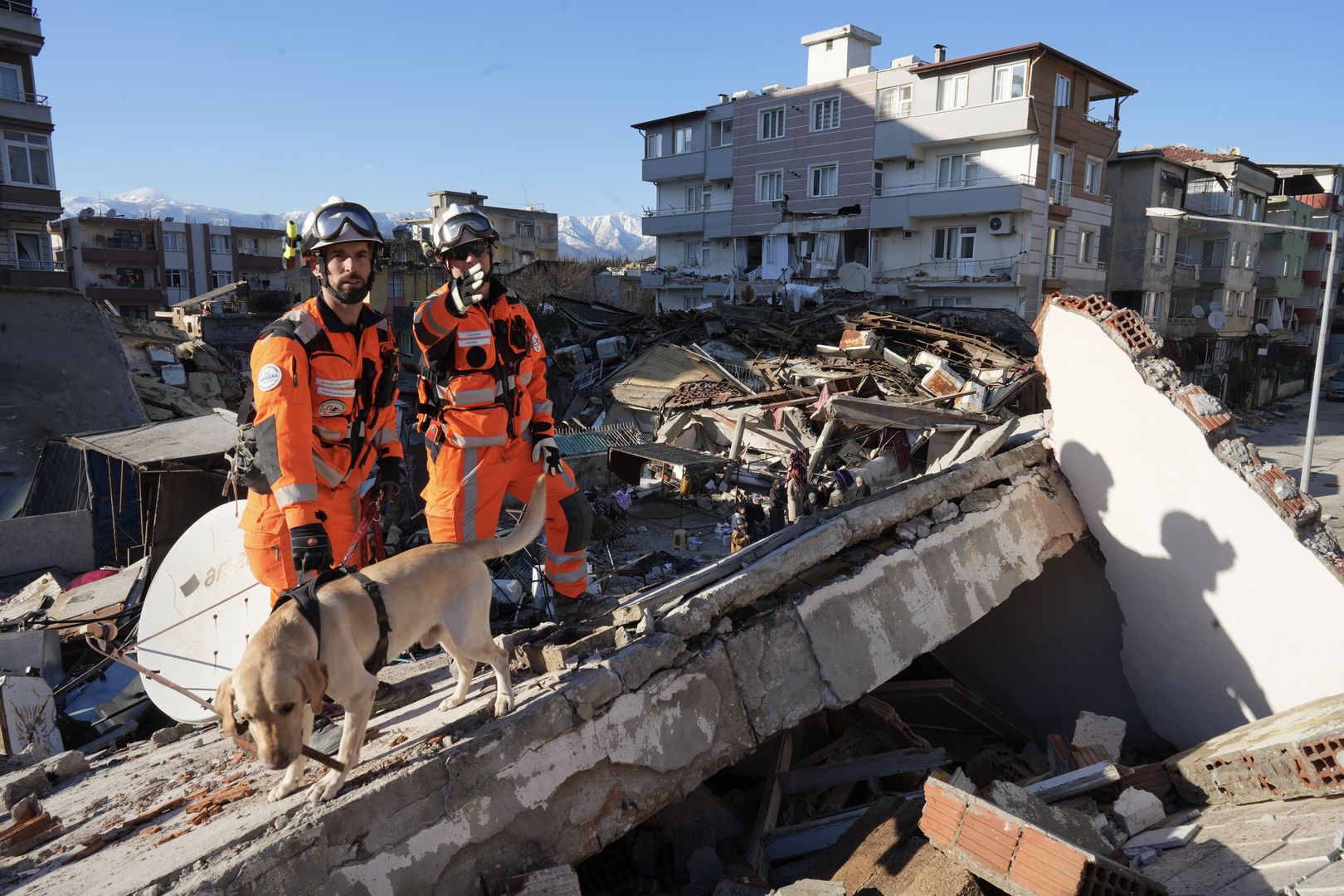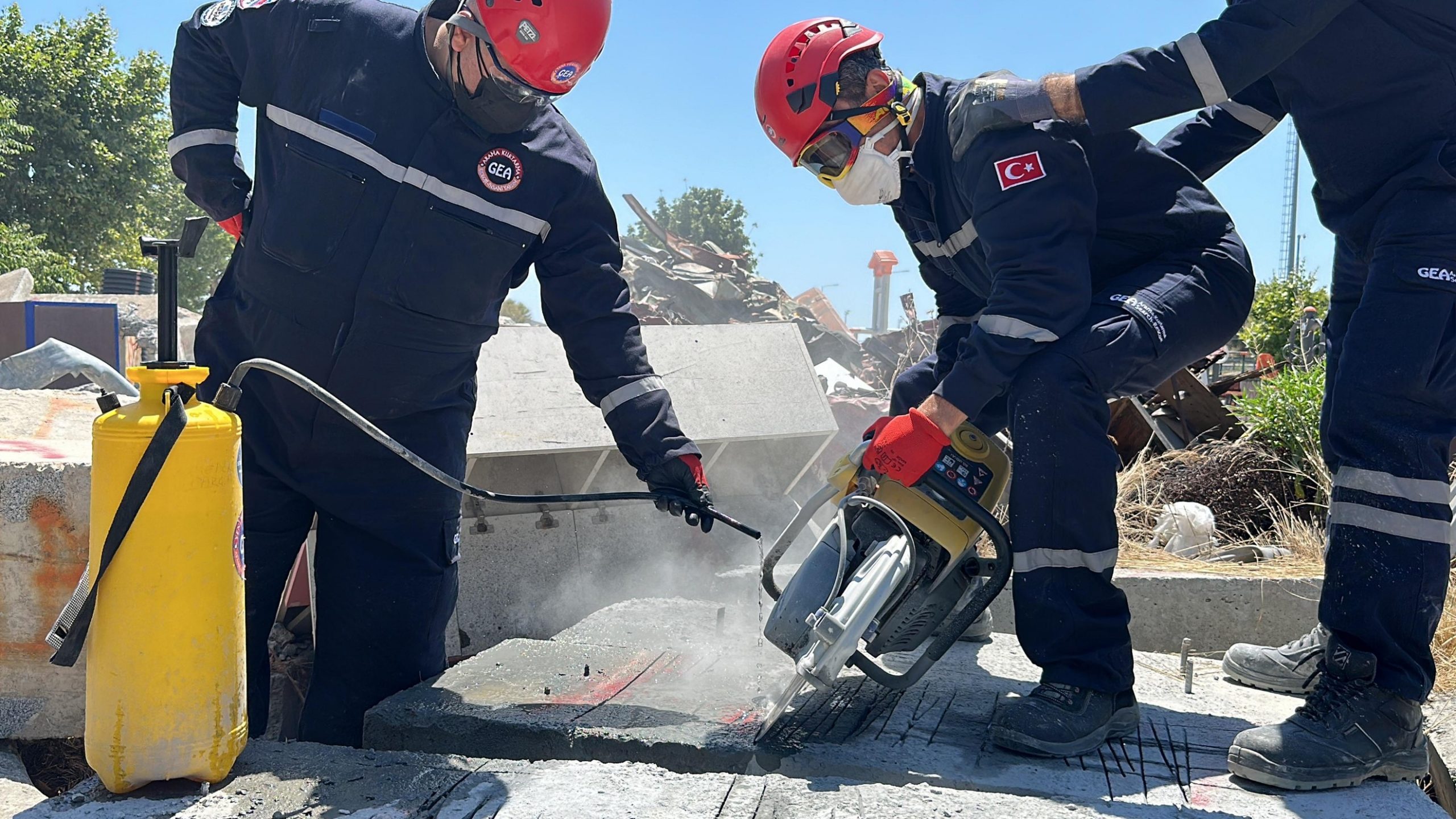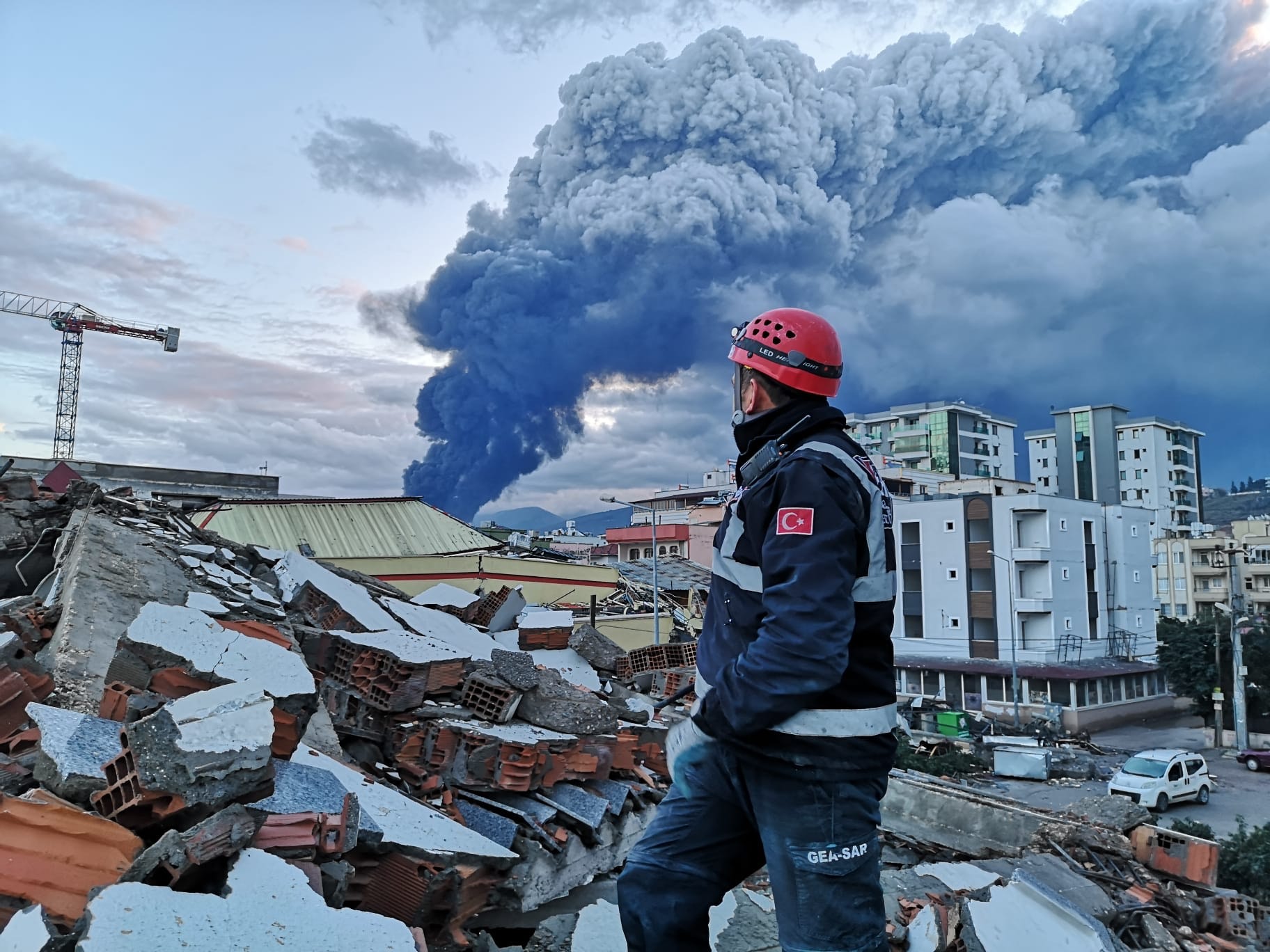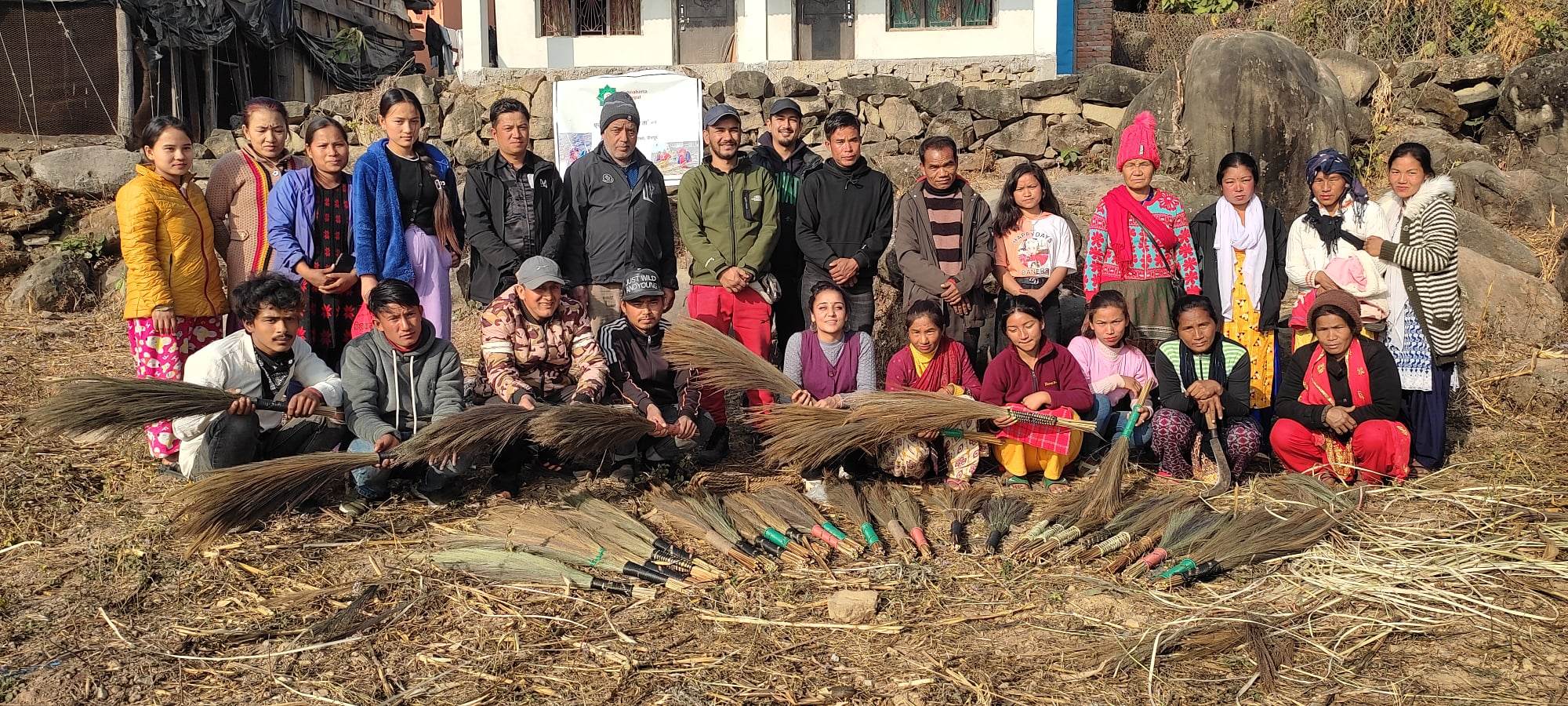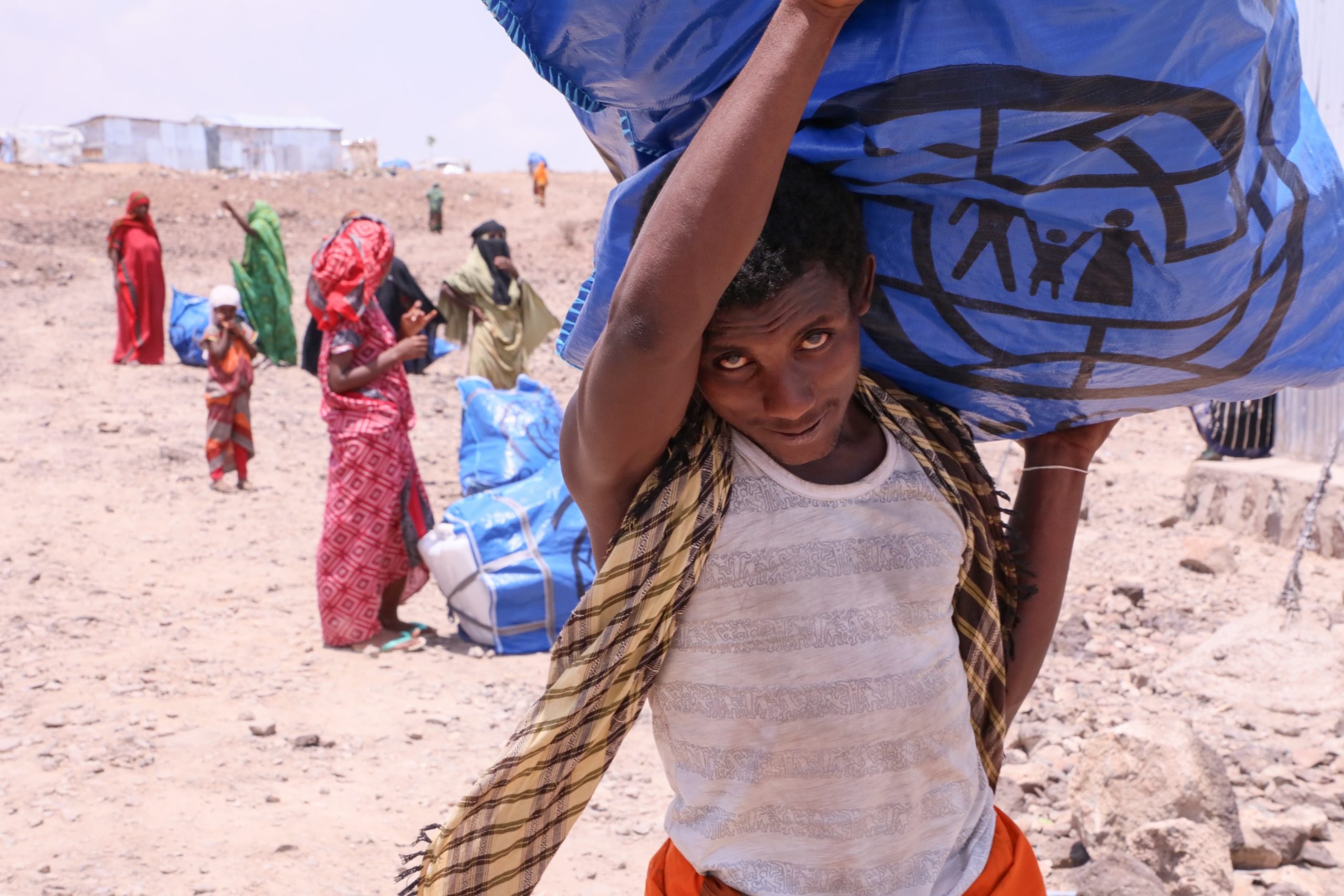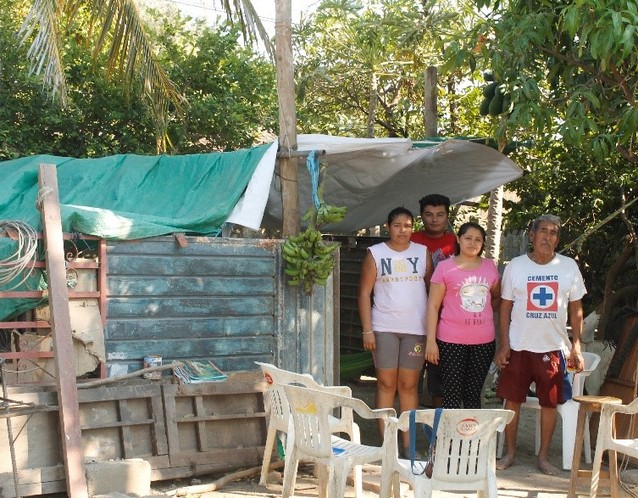
The UN Office for Coordination of Humanitarian Affairs (OCHA) assessment affirmed that there were 337 fatalities, 153,545 destroyed or damaged homes and 10,000 damaged schools. At present more than 32,000 people are still living in temporary shelters and the number of people seeking refuge in shelters continues to grow.
Habitat for Humanity International is a global, nonprofit housing organization with over 40 years of experience. They empower people in the world’s poorest communities to overcome the chronic lack of decent, affordable housing and assist in disaster stricken areas to provide, rebuild and improve housing for the affected. They have been present in Mexico for the last 28 years and the local organization Habitat for Humanity Mexico is already in the field, and responded before by providing supplies and tools during the relief phase. The JTI Foundation has strong working relationship with Habitat for Humanity International since 2013 implementing disaster response and mitigation projects in Romania, the Philippines, Nepal, Ethiopia and Malawi.
This project will deliver durable, disaster resilient and habitable housing solutions through construction of new and safer, core homes. It will be located in the state of Oaxaca, where the earthquakes directly affected 80% of Istmo de Tehuantepec community, leaving many families without shelter – sleeping outside and in public areas.
The project’s duration is one year and it will directly benefit 140 low-income and earthquake-affected families totaling 665 people in Istmo de Tehuantepec, notably, 140 families that have completely lost their homes. The families will be also trained on the importance of understanding the disaster risks and preparation as well as disaster resilient construction techniques for further self-build and improvements.
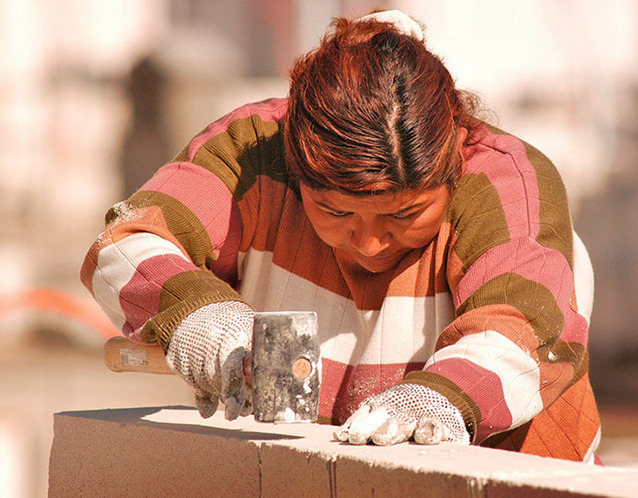
OVER 20 YEARS OF INVESTMENT IN DISASTER MANAGEMENT INITIATIVES
Countries where we have supported our partners’ work in response to a growing range of threats to life and livelihood
Million USD invested since 2001 to help communities better prepare for – and recover from – natural and man-made disasters
Projects addressing a broad range of challenges, including mine-clearance, emergency shelter, resilient housing solutions and capacity building


